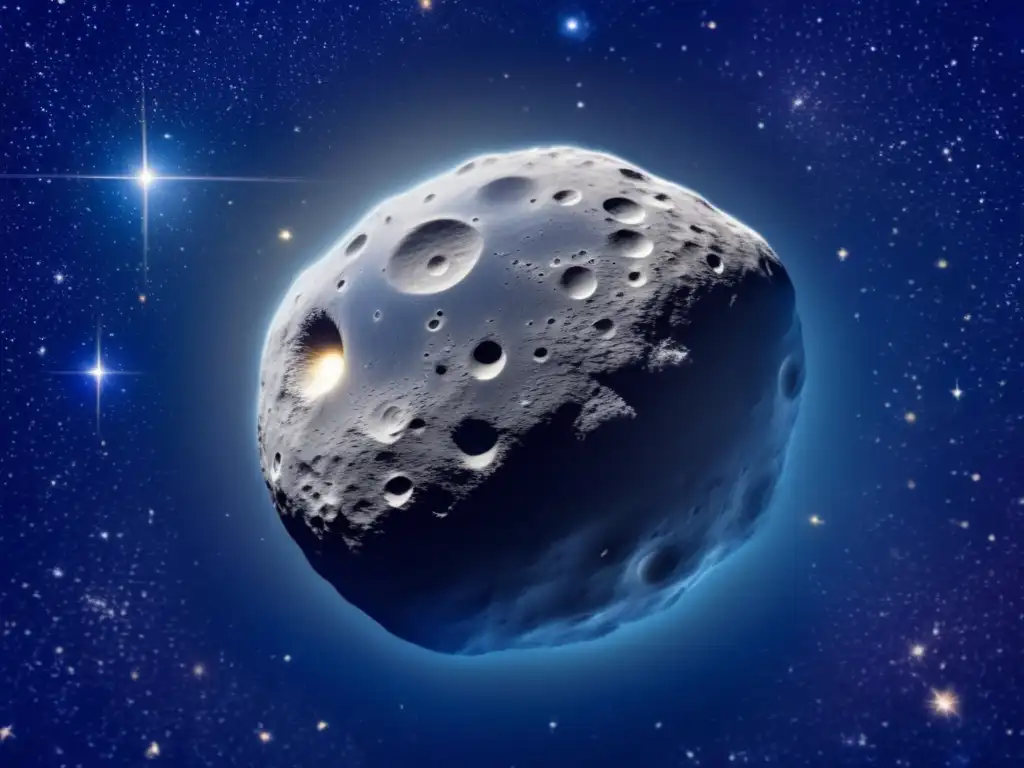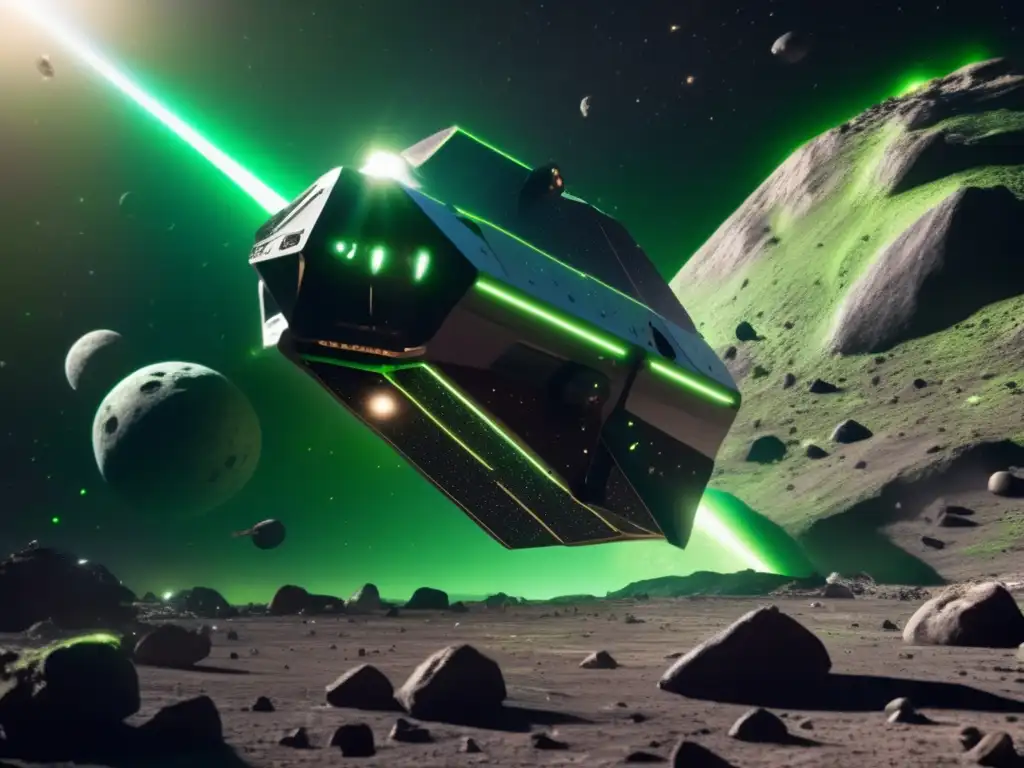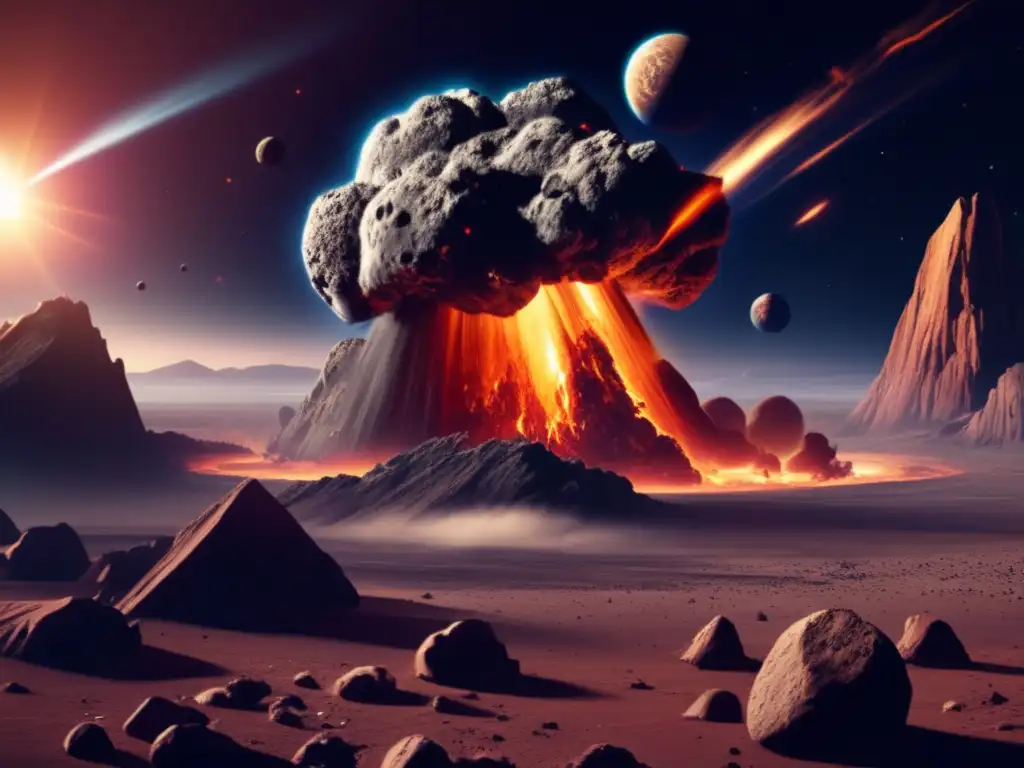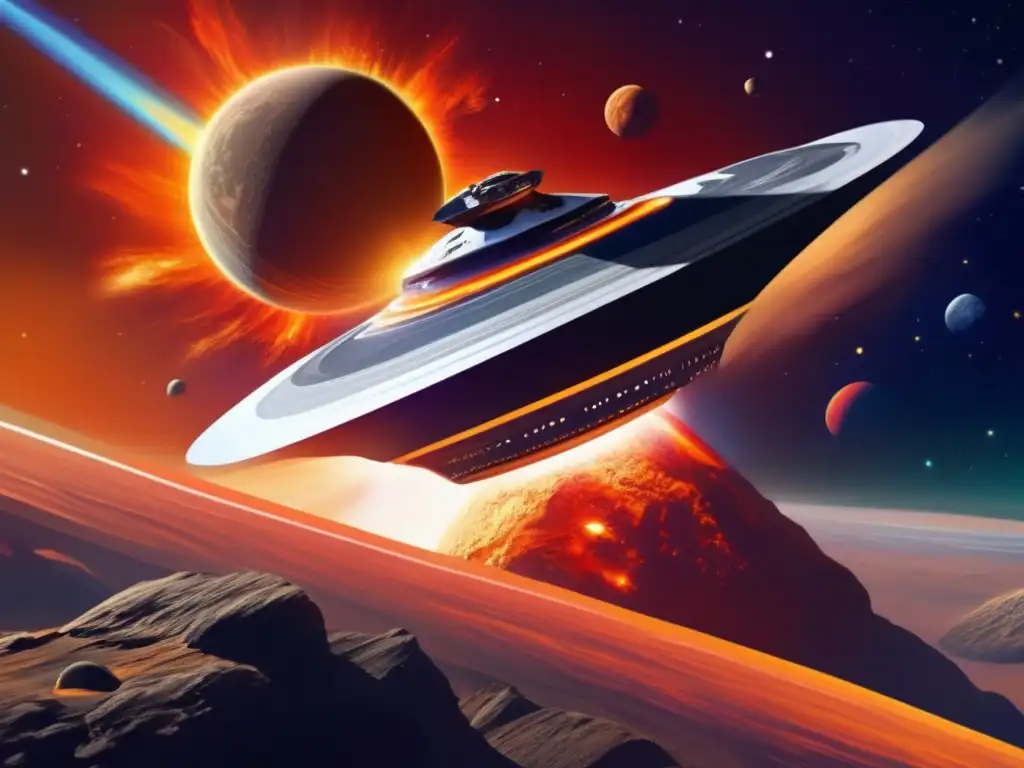The Path Of Pallas: The Discovery Of The Second Asteroid

Introduction
The discovery of asteroids has long fascinated astronomers and space enthusiasts alike. The second asteroid ever discovered was named Pallas. Pallas is the third largest object in the asteroid belt, after Ceres and Vesta. This article will explore the path of Pallas, from its discovery to its current scientific significance.
The Discovery of Pallas

The Discovery by Heinrich Olbers
In March 1802, Heinrich Olbers observed a faint object moving in the sky. Initially, he thought it was a comet, but after tracking its movements, he realized it was a new type of celestial body. He named it Pallas after the ancient Greek goddess of wisdom.
Pallas's Characteristics
Pallas is an irregularly shaped asteroid, approximately 550 km in diameter. Its orbit is highly inclined and elliptical, taking it from about 318 million km to 470 million km from the sun. Pallas has a relatively high albedo, which means it reflects a significant amount of sunlight. Its surface is thought to be heavily cratered, providing insight into the history of the solar system.
Significance of Pallas's Discovery
Pallas's discovery was significant because it confirmed the existence of a new class of celestial objects between Mars and Jupiter. It also raised questions about why so many asteroids exist in this area, leading to the theory of the asteroid belt's formation.
Pallas Today

Pallas's Role in Planetary Science
Pallas is of significant interest to planetary scientists because of its unique characteristics. Its highly inclined orbit provides clues about early solar system dynamics, and its heavily cratered surface can shed light on the timing and frequency of large impacts in the asteroid belt.
Missions to Study Pallas
At present, there are no missions planned specifically to study Pallas. However, NASA's Dawn mission, which orbited Vesta and Ceres, provided valuable information about the asteroid belt's formation and the types of objects present within it. Researchers continue to study data from this mission in hopes of better understanding Pallas and other asteroids.
Pallas's Cultural Significance
Pallas does not have as significant a cultural significance as some other asteroids, such as Ceres or Vesta. However, its discovery was an important moment in astronomy history, leading to new questions and discoveries about the solar system.
Frequently Asked Questions

-
What is Pallas?
Pallas is an asteroid, the third-largest object in the asteroid belt.
-
Who discovered Pallas?
Pallas was discovered by Heinrich Olbers in March 1802.
-
What is Pallas's significance?
Pallas's discovery confirmed the existence of a new class of celestial objects and raised questions about the asteroid belt's formation.
-
Are there any missions planned to study Pallas?
There are currently no missions planned specifically to study Pallas.
-
What is Pallas's cultural significance?
While not as culturally significant as some other asteroids, Pallas's discovery was an important moment in astronomy history.
Conclusion
The discovery of Pallas was a significant moment in astronomy history, leading to new questions and discoveries about the solar system. Today, Pallas continues to be of interest to planetary scientists, providing valuable insights into the asteroid belt's formation and dynamics. As research on Pallas and other asteroids continues, we can expect to learn more about the history and composition of our solar system.
Thank you for reading this article. We encourage you to share your thoughts and participate in the asteroid discussion by subscribing and sharing this article with others.
Additional Resources

For more information on Pallas and other asteroids, please visit:
 The Discovery And Study Of Near-Earth Asteroid 2006 RH120
The Discovery And Study Of Near-Earth Asteroid 2006 RH120 Finding Hilda: The Story Of The Hilda Asteroids
Finding Hilda: The Story Of The Hilda Asteroids 2010 TK7: The First Discovered Earth's Trojan Asteroid
2010 TK7: The First Discovered Earth's Trojan AsteroidIf you want to discover more articles similar to The Path Of Pallas: The Discovery Of The Second Asteroid, you can visit the Asteroid Discoveries category.
Leave a Reply

Articulos relacionados: